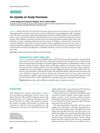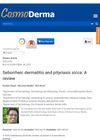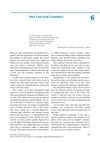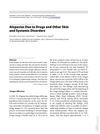Coexistence of Malassezia Species and Microsporum Canis in the Lesions of an Adult with Tinea Capitis
June 2024
in “
Infection and Drug Resistance
”
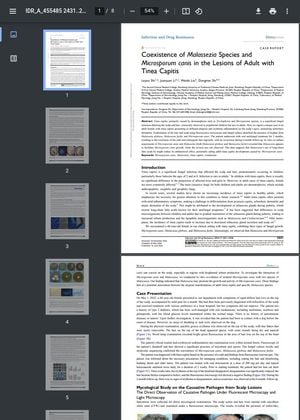
TLDR An adult woman with scalp infection recovered after antifungal treatment, with no return of symptoms.
This study reports a rare case of tinea capitis in a 60-year-old female, highlighting the coexistence of Microsporum canis, Malassezia globosa, and Malassezia furfur in scalp lesions. The patient experienced rapid diffuse hair loss and mild pain, initially misdiagnosed as folliculitis. Mycological examination confirmed the presence of the three fungi, and treatment with oral itraconazole and topical ketoconazole led to significant improvement. In vitro co-culture experiments revealed that Malassezia species might promote the growth of Microsporum canis, suggesting a potential interaction that could influence the clinical presentation of tinea capitis in adults. The findings underscore the importance of considering multiple fungal species in diagnosis and treatment of adult tinea capitis, especially in postmenopausal women, and highlight the need for further research to understand these interactions and their clinical implications.
